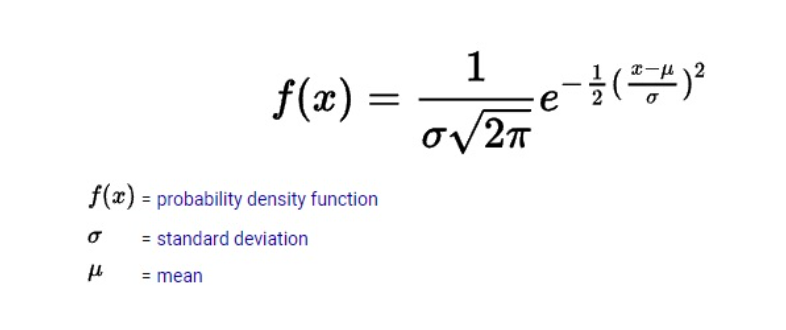- The number e was first discovered when a mathematician was analyzing compound interest.
- Equations containing e describe how many real-world variables in biology, statistics, and engineering behave.
Have you ever been curious about why the number e is so popular in math? Euler’s number, which is an infinitely long decimal, close to 2.71828, pops up naturally in a surprisingly broad range of environments. Mathematicians call it “natural” partly because it occurs so often.
This number first came to light in 1683 when Jacob Bernoulli, an instructor at the University of Basel, was studying compound interest. He wanted to find out what would happen if a bank compounds interest on a $1 loan with a 100 percent annual percentage rate an infinite number of times per year. The number he found was e.
The equation looks like this:
e = lim (n→∞) (1 + 1/n)n
The mathematician Leonhard Euler gave e its name in 1731. Since then, e has been discovered in settings including probability, statistics, engineering, biology, thermodynamics, and physics.
“Imagine 100 people go to a party and they all hang their coats on the rack,” Po-Shen Loh, professor of mathematics at Carnegie Mellon University, tells Popular Mechanics. “And when they are done, the host just comes up to the rack and hands a coat to every person at random. What is the chance that nobody got their own thing back? It turns out that the chance goes to 1/e as you have more and more people doing this.”
The number also appears in bell curves, which are found in statistics about random variables that add up. The generic equation for a bell curve is:
The number e raised to an exponent appears in science and engineering equations for carbon dating, spring dampening, temperature variation, bacterial growth, and more.
“Carbon-14 dating has an exponential decay,” Xingping Sun, distinguished professor at the Missouri State University Department of Mathematics, tells Popular Mechanics. “When we find a dinosaur bone and say this was 614 million years old, nobody was around at that time. How do we know that bone was a million years old? We use carbon-14 dating. During the lifetime of the dinosaur, the carbon-14 is constant. When the dinosaur dies ... the bone begins to lose carbon-14 over time.”
Sun says the equation for this is:
Believe it or not, a slowing spring that is being dampened as it bounces follows a similar equation.
“If we let a block [with a spring] oscillate in some fluid, it will oscillate back and forth with a slightly lower amplitude every time,” Zach Star, creator of an eponymous STEM education YouTube channel, explains in a video about the number e. “The envelope of this equation that kind of squeezes it to zero has an exponential decay equation that includes e to some negative constant times time.”
A cooling pie that has been removed from the oven also follows the equation above. The constant Co is the initial temperature.
“When we take a pie out of the oven, it will eventually cool to the temperature of the room it’s in,” Star says. “It cools down much faster first and then that temperature equation kind of flattens out over time, asymptotically approaching room temperature. This equation is that same exponential decay as an e to the power of some negative value times time.”
The temperature distribution within a metal bar that is being heated from one end follows the same equation, as well. Here, the constant is the maximum temperature and the distance from the end, x, is substituted for t.
“If you have a metal bar … if you heat one end, assuming one temperature here, the heat will spread,” Sun explains. “If you are close to the source, it will be very hot. This curve is roughly an exponential function.”
Meanwhile, Sun says that bacterial growth follows the exponential equation below:
This equation only continues to be valid as long as enough food is available for the bacteria, Loh says.
Kat Friedrich is a former mechanical engineer who started out as an applied math, engineering, and physics major at the University of Wisconsin-Madison. She has a graduate degree in science and environmental journalism and has edited seven news publications, two of which she co-founded. She spends her free time learning about dance and functional fitness, reading science fiction, and exploring music events.
















